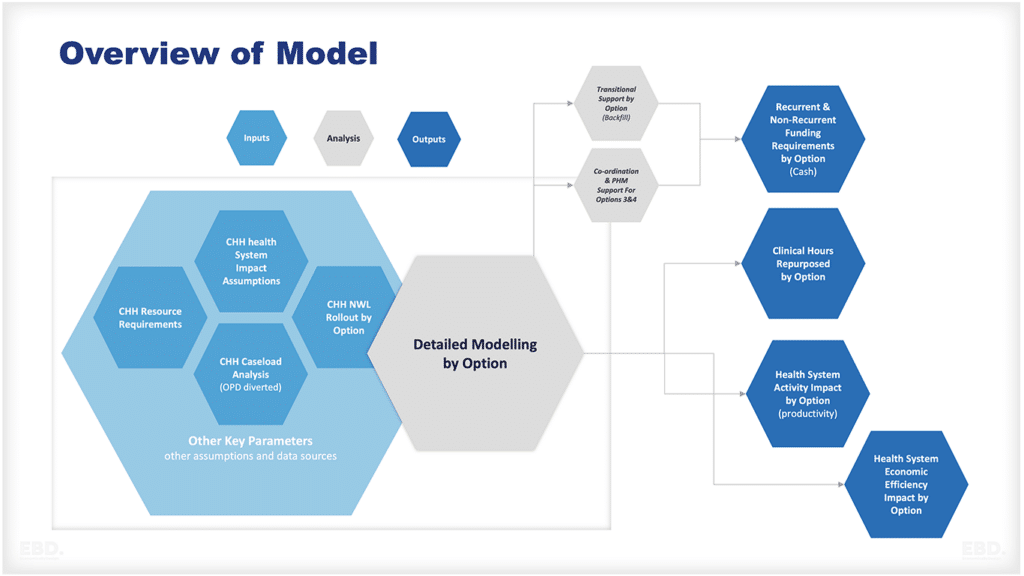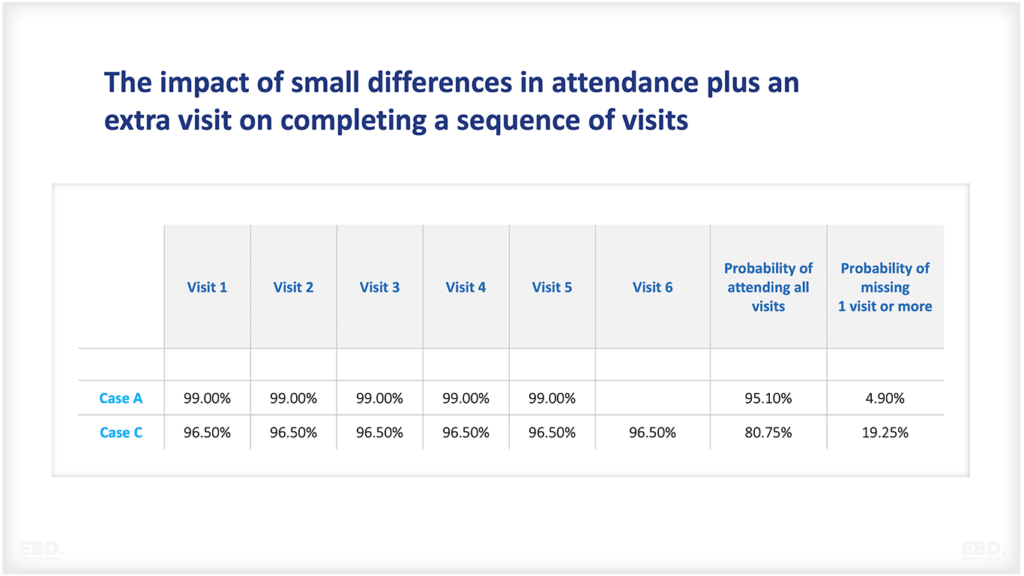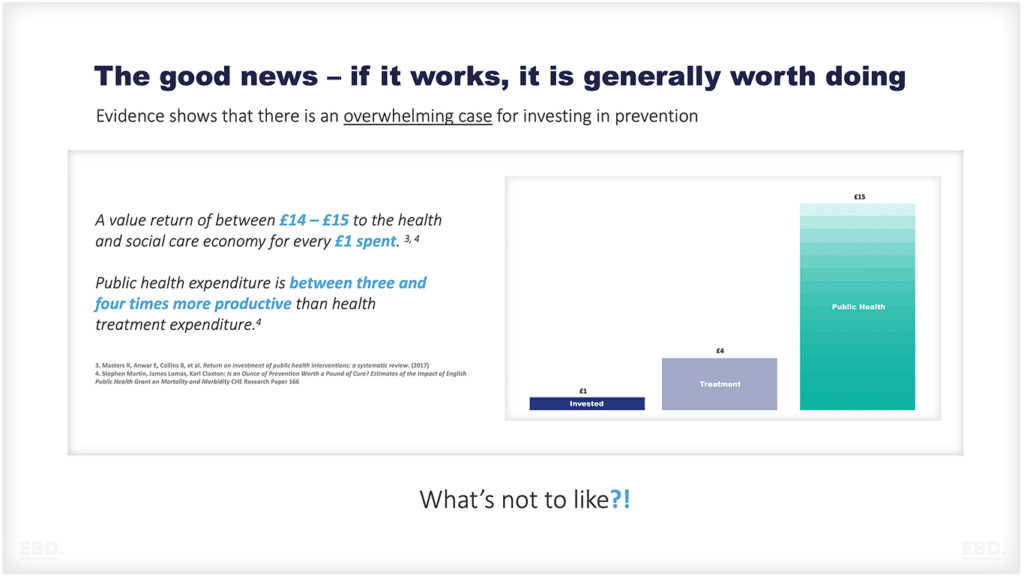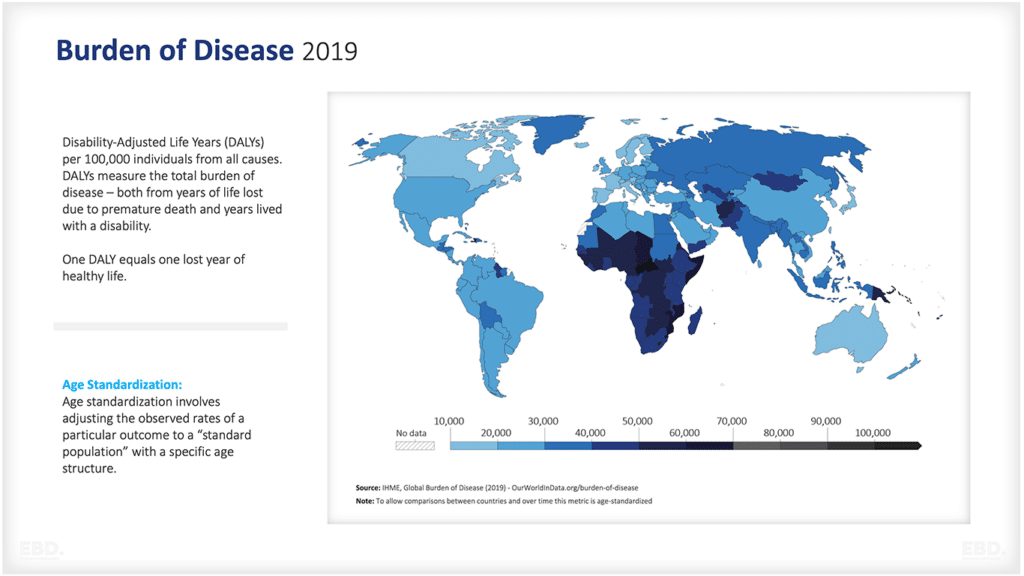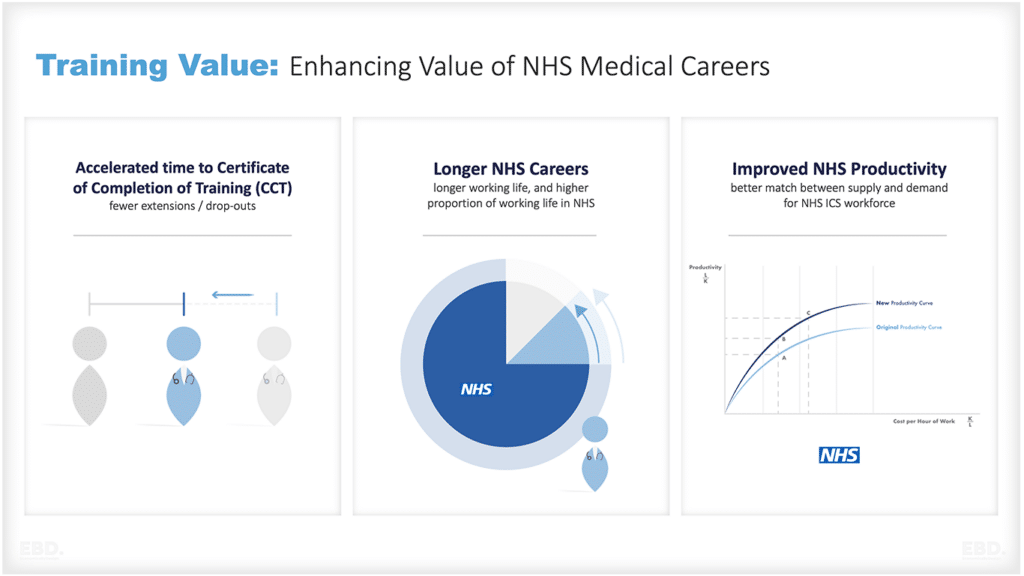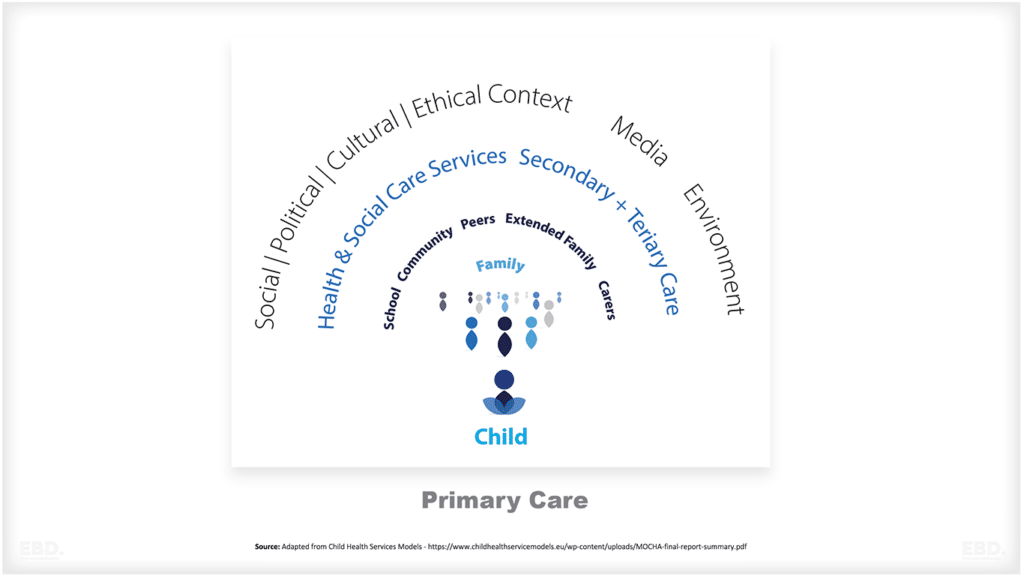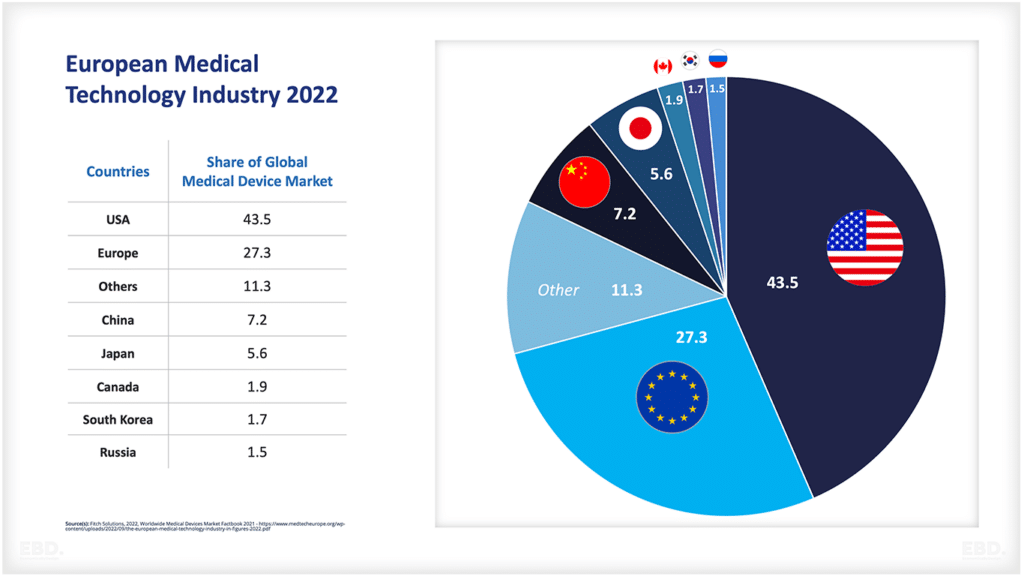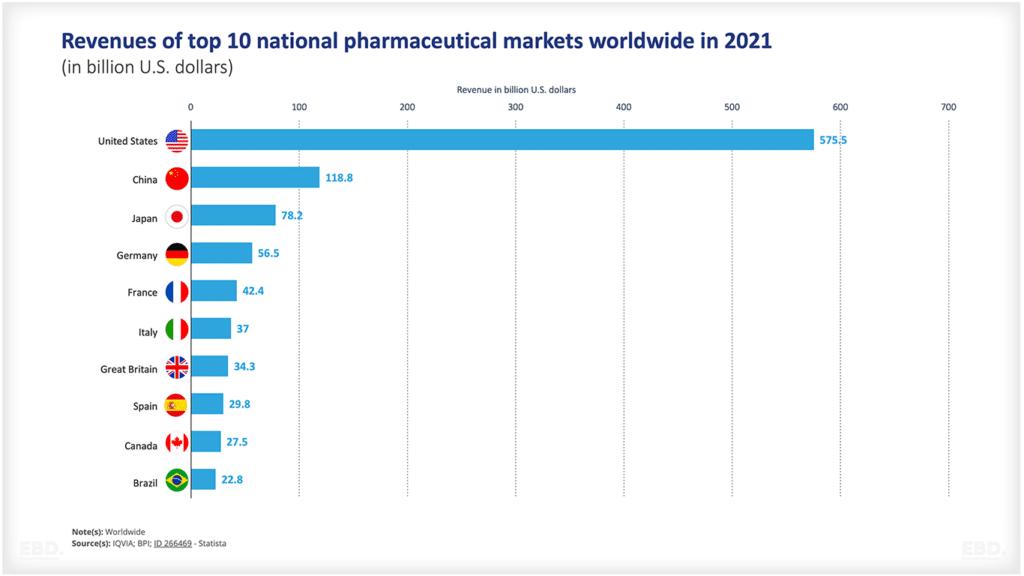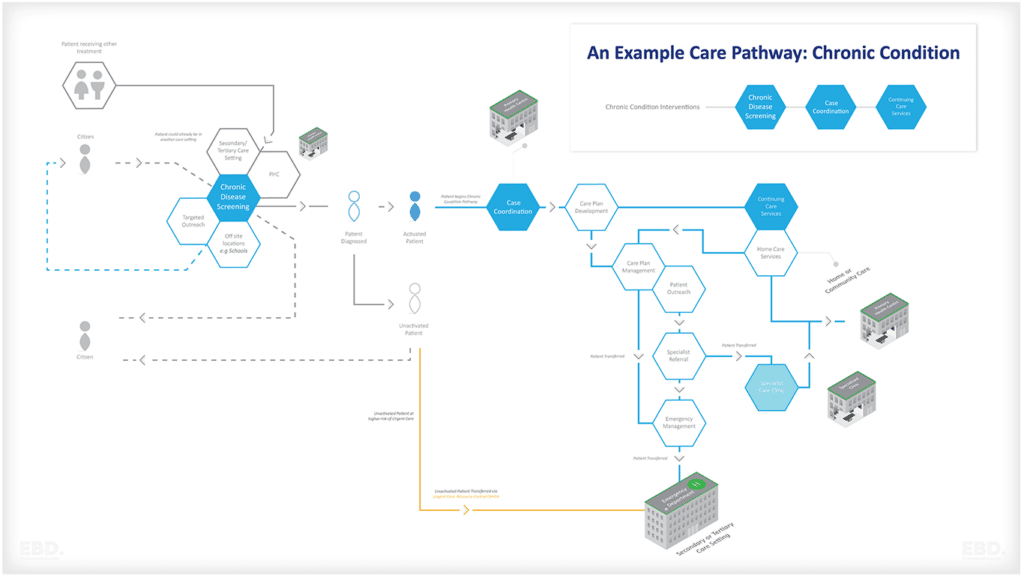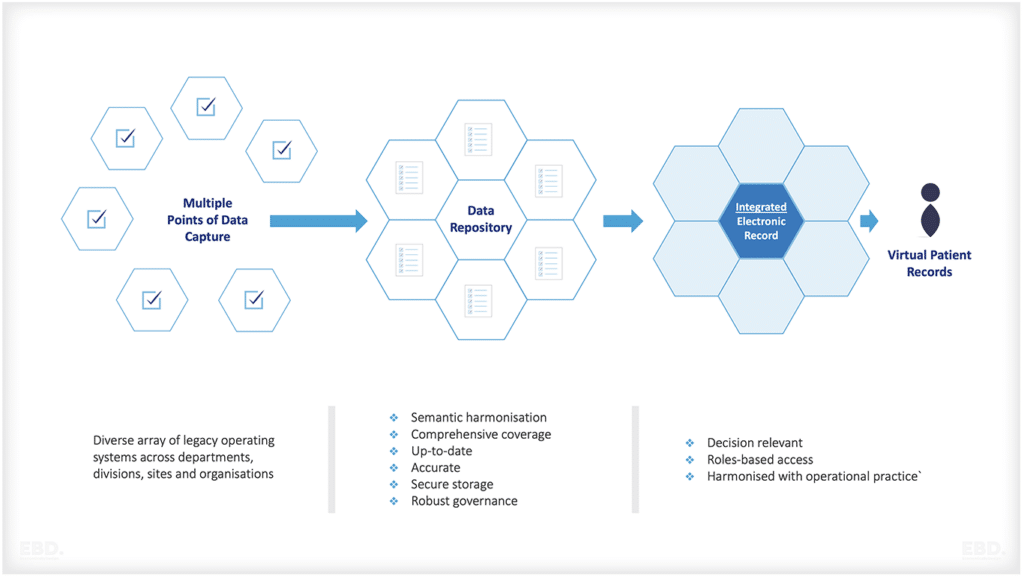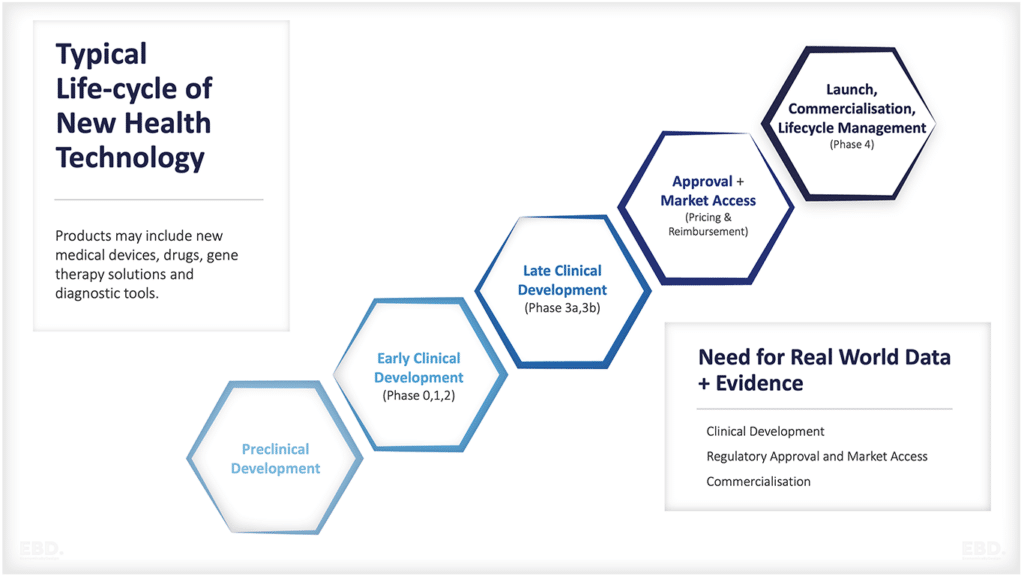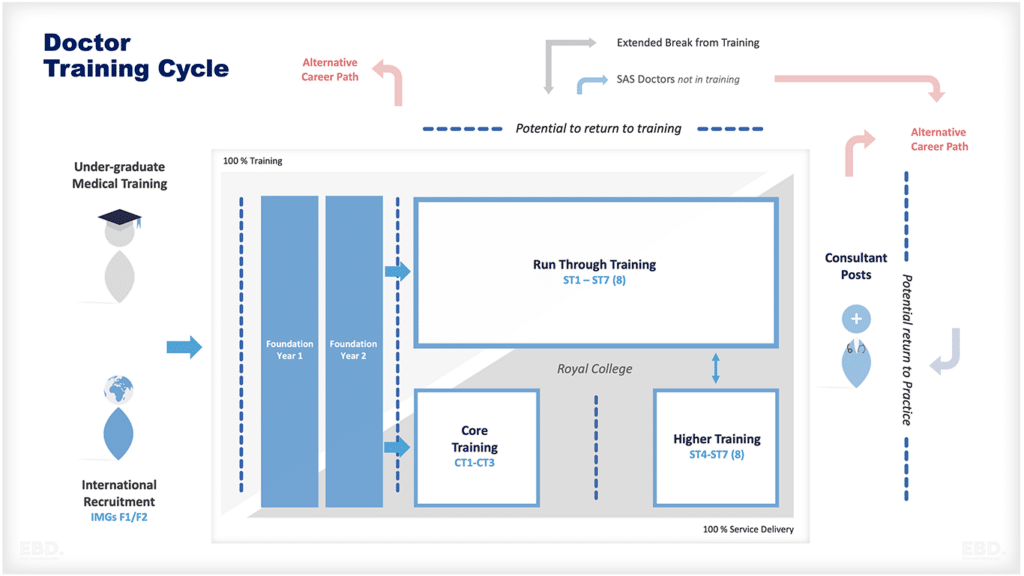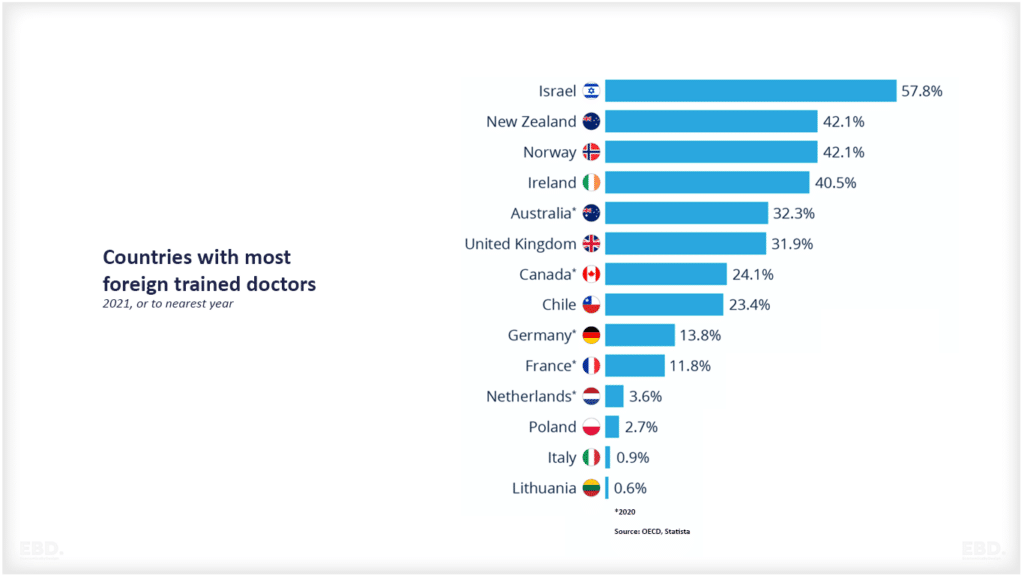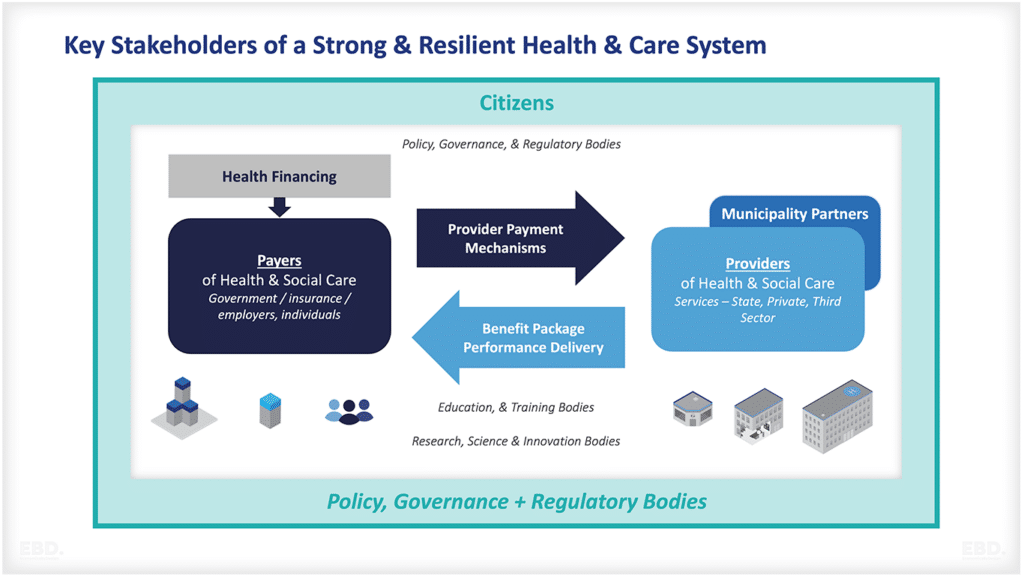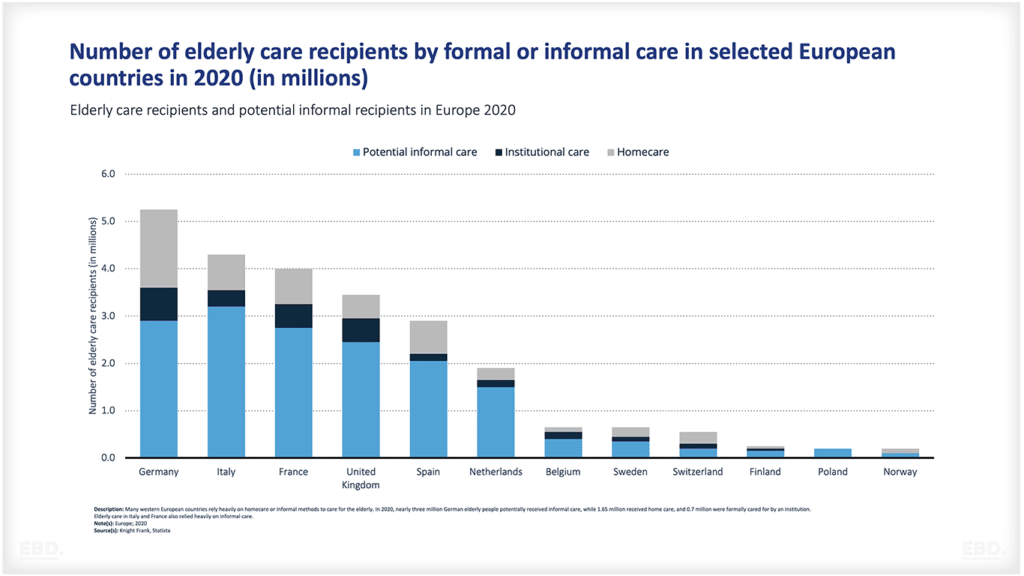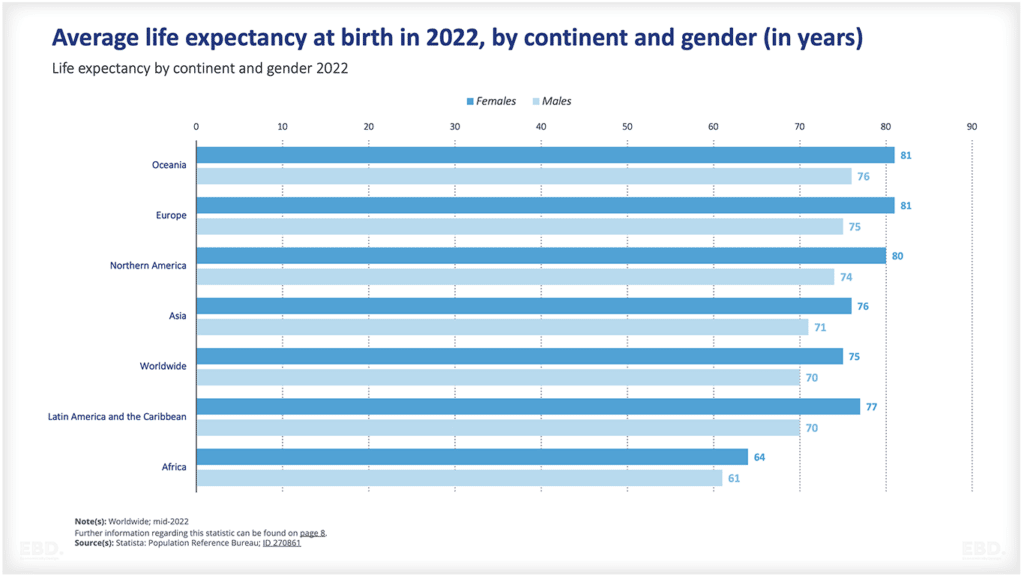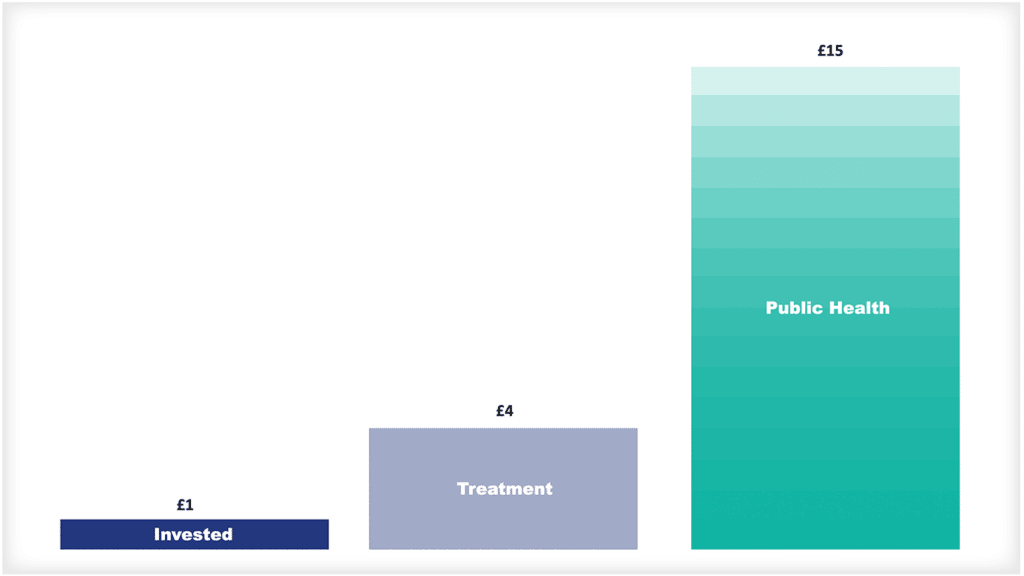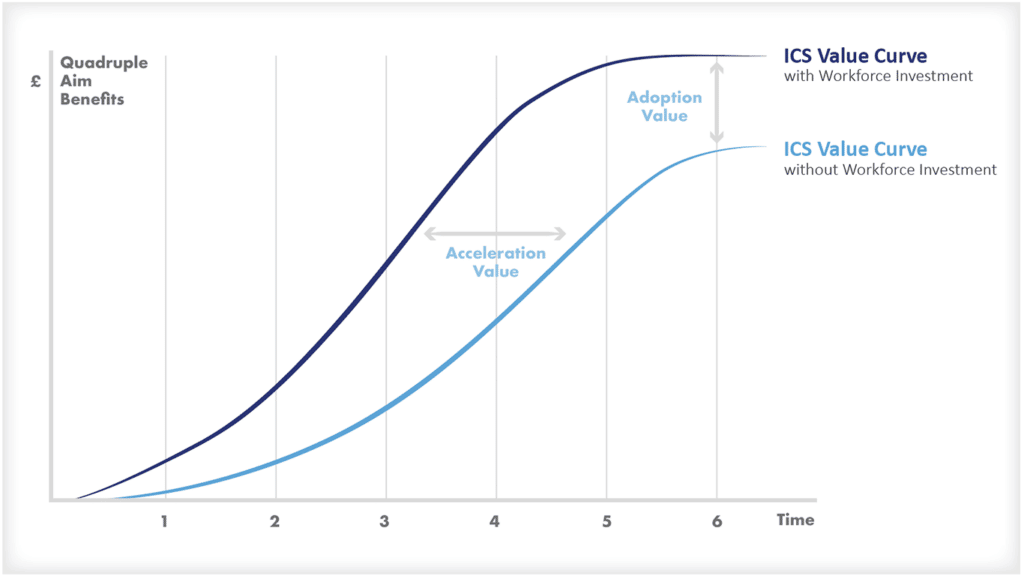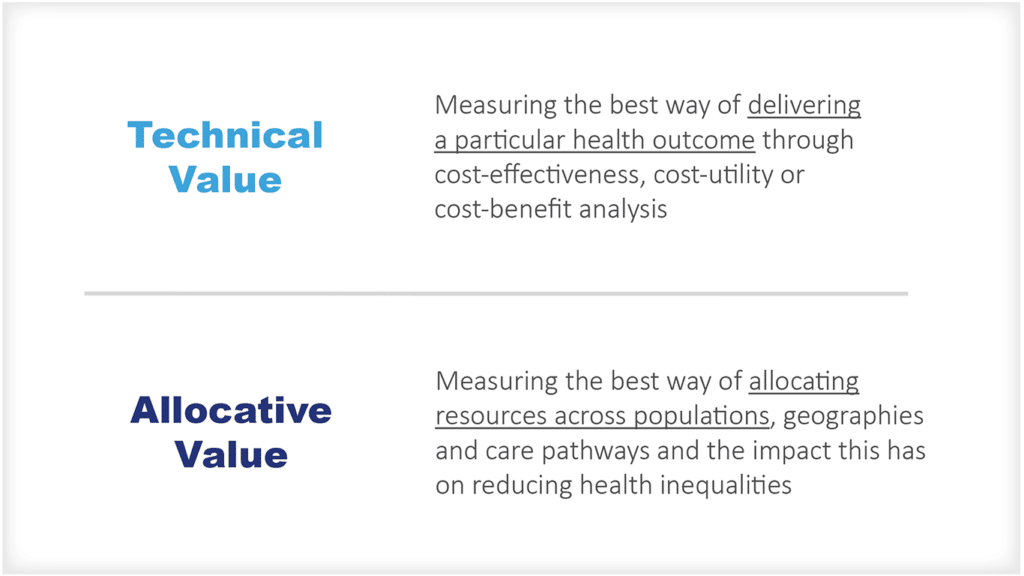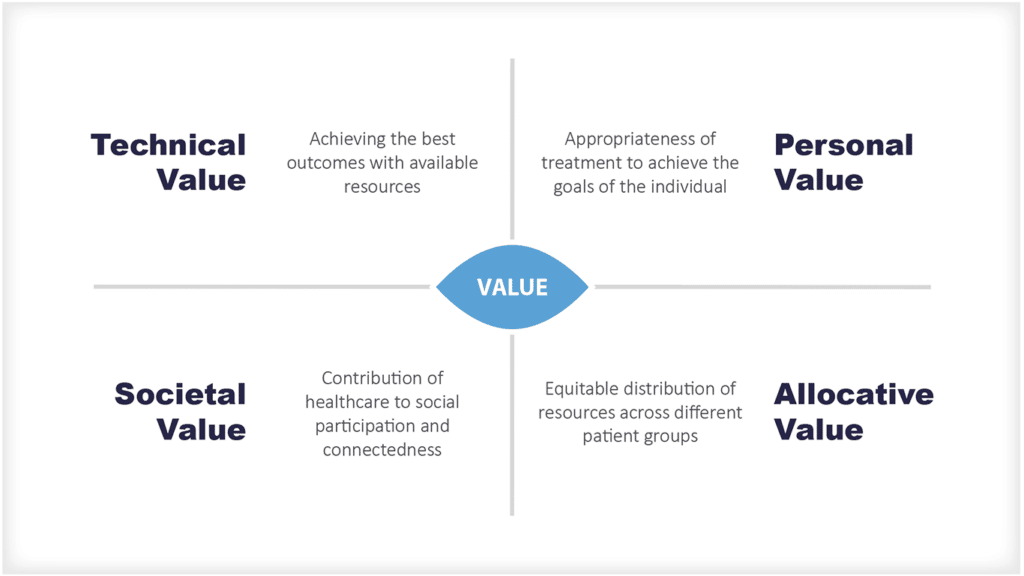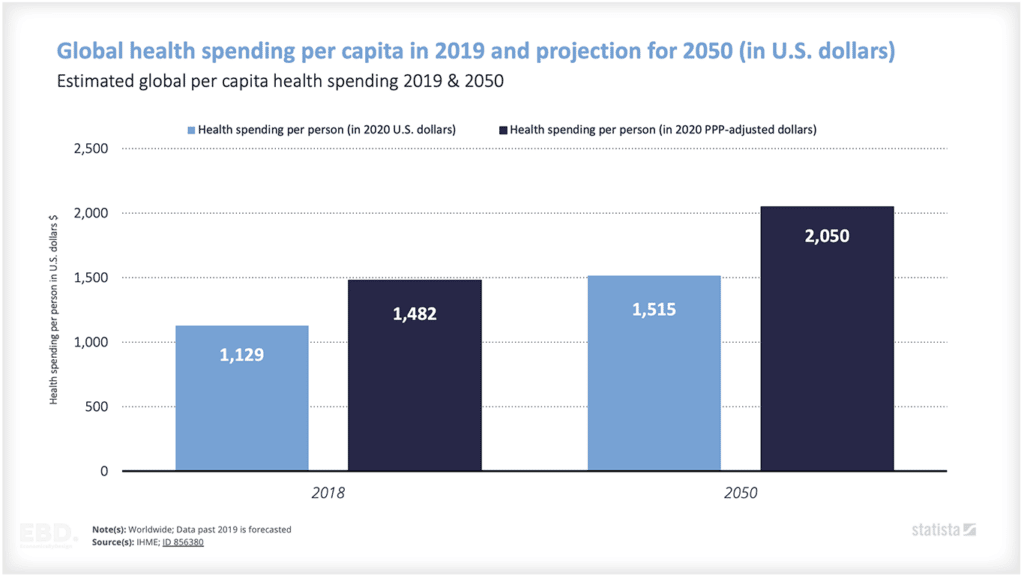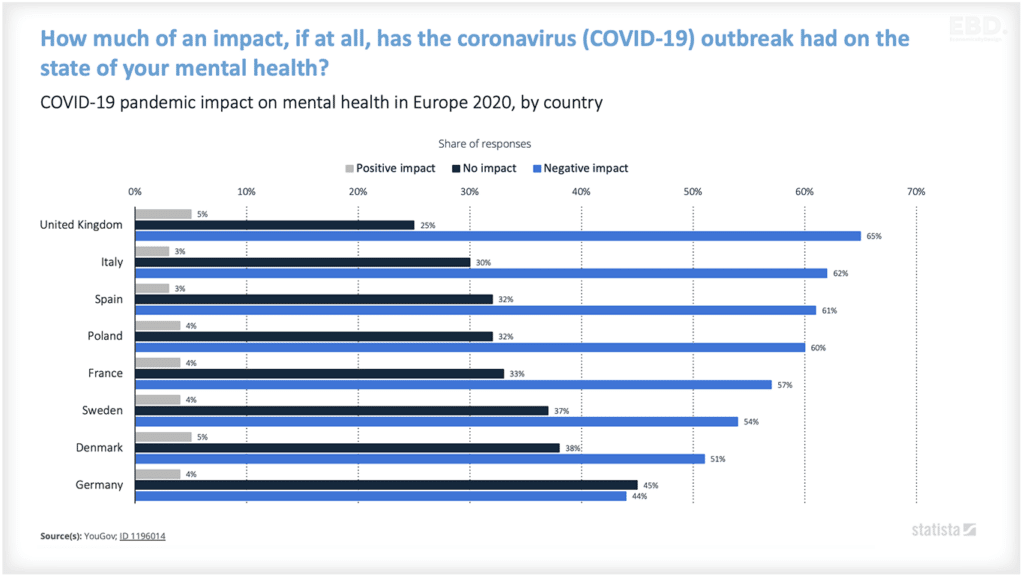Cost of Child Poverty in the UK
How many children live in poverty in the UK?
“For the 3.9 million children in the UK living in poverty, the soaring cost of living will have a devastating effect” Action for Children 2022.
These are indeed shocking figures for one of the richest economies in the world.
What are the costs of child poverty
Child Poverty costs are estimated to be at least £38bn per annum, according to an analysis undertaken by Donald Hirsch, “The Cost of Child Poverty In 2021”, September 2021, Loughborough University: Centre for Research In Social Policy.
Around £19bn of this relates to public expenditure on health, education, social care, police and criminal justice, and fire and rescue to name but a few services.
The largest of these are education £7bn (including the pupil premium) and health £3bn. Wider costs include loss of earnings potential (£12bn), loss of tax revenues (5bn) and increased benefits bill (£2bn).
Hirsh’s estimates update earlier work undertaken in 2008 and then updated in 2013. During this period the estimates had increased from £25bn to £30bn. Given current challenges relating to fuel poverty and inflation, the upwards trajectory of costs is likely to continue over the coming decade.
How do we define child poverty?
The most commonly used measure of the poverty rate in the UK is the relative poverty line, which is set at 60% of median household income. This means that a family is considered to be in relative poverty if their household income is less than 60% of the middle of the household income distribution.
A similar definition is used by the OECD: “People are classified as poor when their equivalised disposable household income is less than 50% of the median prevailing in each country.”
The Office of National Statistics has previously used a measure of child poverty called the persistent poverty line. This is defined as households with incomes below 60% of the median for three out of the last four years. Estimates suggest that after housing costs are taken into account 12% of individuals were in persistent poverty between 2016 and 2020.
Absolute poverty in the UK is sometimes defined as being below 60% of the 2010/2011 median, uprated for inflation (see for example the Parliamentary Report on Poverty Statistics 2022. This allows analysis of changes in living standards over time.
In addition to these income-based measures, there are also other ways of measuring poverty, such as looking at access to resources and basic needs. Children’s poverty has been described as having no access to necessities such as food, clothing or shelter for the household.
Access to food banks is a stark measure of poverty and, as can be seen, over 2m people receive food from food banks in the UK in 2021/2022, an increase from less than 100,000 a decade before.
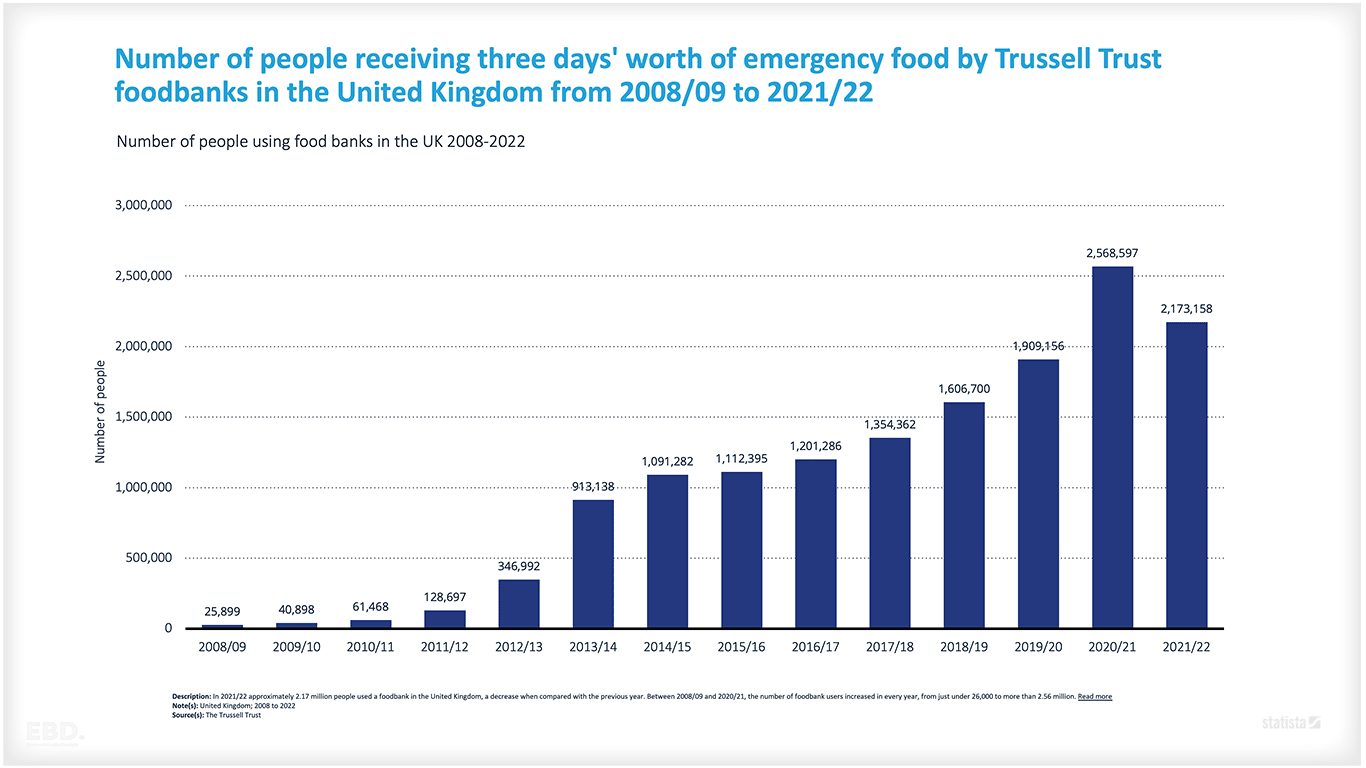
The government’s Indices of Multiple Deprivation look at a range of factors including income, employment, health, education, housing, and access to services. The Income Deprivation Affecting Children Index (IDACI) measures data on the proportion of all children aged 0 to 15 living in income-deprived families.
What are the causes of child poverty in the UK?
There is no single cause of child poverty. It is a complex issue with a range of interrelated factors.
In terms of family income, the main cause of child poverty is low pay. In 2021, around 3 million children (30%) are living in families where no one works. This is an increase from 2 million (24%) in 2008/9.
The second most common cause is unemployment. In 2021, 1.1 million children (11%) are living in families where the main breadwinner is unemployed. This is a decrease from 1.4 million (16%) in 2008/9.
Other causes include high housing costs, family breakdown, disability, and being a carer.
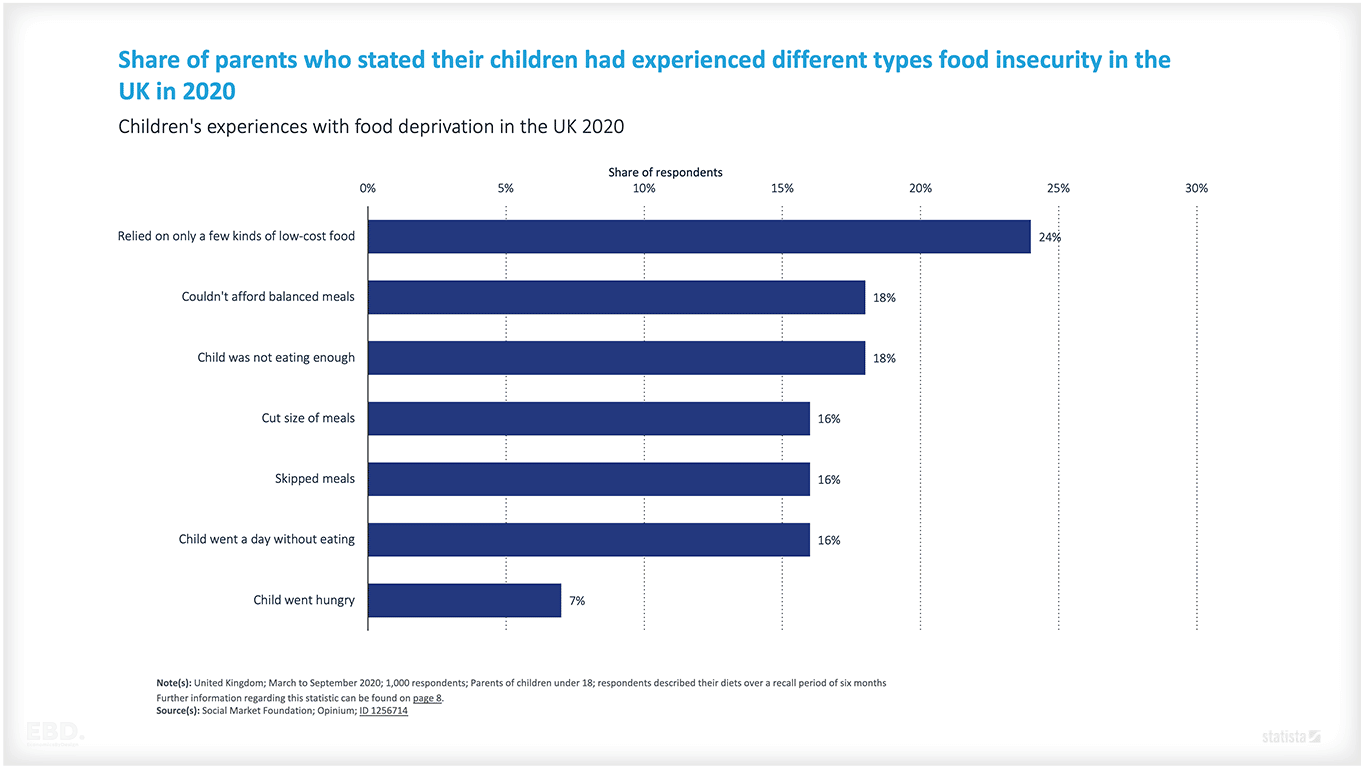
Some of the key causes include:
Low incomes
A lack of decently paid work is one of the main drivers of child poverty.
In-work poverty has been rising in recent years, with many low-income families struggling to make ends meet on low wages. Children living in low-income families experience food insecurity with almost 1 in 5 parents reporting that they can’t afford balanced meals.
High housing costs
The high cost of housing is a major contributor to child poverty, particularly in London and the South East of England. Families on low incomes are often forced to live in poor-quality housing, which can have a negative impact on health and wellbeing.
Fuel poverty
Fuel poverty is defined as households that spend more than 10% of their income on fuel costs. This means that they are unable to heat their homes to a reasonable standard, which can lead to health problems such as respiratory illnesses.
Welfare reforms
Changes to the welfare system, such as the introduction of Universal Credit, have had a significant impact on families with low incomes. These changes have left many families struggling to make ends meet.
Low educational attainment
Vulnerable children from disadvantaged backgrounds are more likely to underachieve at school and be held back by their socio-economic status. This can lead to a cycle of poverty, as these children are less likely to get good jobs and earn high incomes as adults.
What are the consequences of child poverty?
Child poverty has a range of negative consequences, both in the short and long term.
In the short term, children who live in poverty are more likely to experience poor health, developmental delays, and increased anxiety and stress. They are also more likely to do worse at school and are more likely to be involved in crime.
In the long term, the effects of child poverty can be more damaging and far-reaching. Children who grow up in poverty are more likely to experience chronic illness, have lower levels of educational attainment, earn less as adults, and are more likely to live in poverty as adults. They are also more likely to experience mental health problems, relationship difficulties, and substance misuse.
Other key consequences of child poverty include:
Poor health
In infancy, poverty can result in relatively low birth weight and a higher likelihood of dying before reaching the age of 1.
Children living in poverty are more likely to experience chronic diseases and suffer from poor dental health, malnutrition, and other dietary-related illnesses. They are also likely to have higher rates of hospital admissions from accidents and injuries.
Mental health problems are also three times more prevalent for children in poverty. These health impacts are also more likely last throughout the life course.
Lower educational attainment
Children from disadvantaged backgrounds are more likely to underachieve at school and be held back by their socio-economic status. This can lead to a cycle of poverty, as these children are less likely to get good jobs and earn high incomes as adults.
Reduced employment prospects
Children growing up in poverty are less likely to get good jobs and earn high incomes as adults. This can perpetuate the cycle of poverty, as these children are more likely to have children who are also living in poverty.
Increased crime
There is a clear link between child poverty and crime. Children from disadvantaged backgrounds are more likely to become involved in crime, both as victims and perpetrators.
What can be done to reduce child poverty?
There is no easy answer to the problem of child poverty. addressing it requires a comprehensive and multi-faceted approach. Some of the key things that need to be done include:
- Improving access to decent work: This includes creating more permanent jobs, particularly in areas of high unemployment, and ensuring that all jobs offer decent regular wages and working conditions.
- Reducing the cost of housing: This can be done through a variety of measures, such as building more social housing, introducing rent controls, and providing financial assistance to families struggling to pay their rent.
- Reducing the cost of fuel: There are several ways to reduce fuel poverty, such as energy efficiency measures, insulation, and cheaper energy tariffs. The government also has a scheme called the Warm Home Discount, which provides a discount on fuel bills for low-income households.
- Improving welfare provision: This includes ensuring that all families have access to a basic level of income, whether through welfare benefits or minimum wage. It also includes providing targeted support to families with children, such as free childcare and school meals. Child Poverty Action Group (CPAG) estimate that the number of children living in poverty could be reduced by 450,000 (more than 10%) by increasing child benefit by £10 a week. CPAG also estimate that over 800,000 children living in poverty are currently missing out on free school meals.
- Investing in early years education: This can help to close the attainment gap between children from different backgrounds and improve social mobility. It can also break the cycle of poverty, as children who do well at school are more likely to get good jobs and earn high incomes as adults.
- Providing targeted support to families: This includes things like sure start centres, which provide early years education, childcare, and health and family support services. It also includes schemes like the Family Intervention Programme, which provides intensive support to families with multiple problems, such as drug and alcohol misuse, mental health issues, and unemployment.
- Tackling inequality: Reducing inequality is essential to tackling child poverty. This includes reducing the gap between rich and poor, both within society and across different geographies.
- Providing social safety nets: Social safety nets are designed to protect people from falling into poverty or to help them recover from a shock such as job loss or ill health. They can take a variety of forms, such as unemployment benefits, housing assistance, or cash transfers.
What are the impacts of child poverty on the health system?
There are a number of ways in which child poverty can impact on the health system:
Increased demand for hospital services: Children living in poverty are more likely to experience ill health, both physical and mental. This increased demand for hospital services places a strain on resources and can lead to longer waiting times for treatment.
Increased costs: Children living in poverty are also more likely to need more expensive and intensive forms of care, such as hospitalisation. This can increase the overall costs for the health system.
Inequalities in health outcomes: Children from disadvantaged backgrounds are more likely to experience poorer health outcomes. This is due to a variety of factors, such as poor nutrition, inadequate housing, and exposure to stress.
Charities Fighting to End Child Poverty
While there are many causes of child poverty, there are also many ways to reduce it. By investing in early years education, providing targeted support to families, and tackling inequality, we can make a real difference to the lives of children living in poverty.
